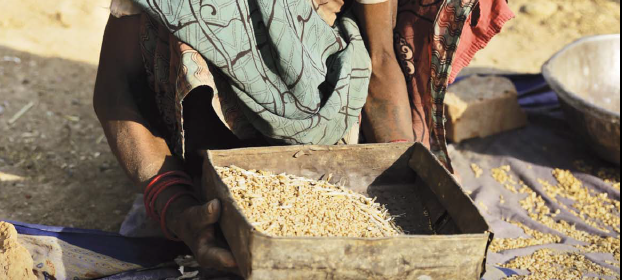The Indian prime Minister Narendra Modi recently announced new investments in the state-run agricultural insurance schemes. But with widespread deviant weather, a high number of crop insurance schemes already available, and plenty of other risks faced by farmers, will this announcement translate into tangible improvements in the livelihoods of farmers?
Following the Climate Conference in Paris in December, the Indian Prime Minister Narendra Modi reaffirmed the strong commitment of India to fight against climate change and to reduce the impact of weather-related risks and disasters on the Indian population, and most specifically on farmers.
The new investments in crop insurance, announced in January, include an expansion in the budget for the already existing schemes, and a new insurance scheme, which will be combined to replace the existing National Agricultural Insurance Scheme, aiming to cover 50% of India’s farmers in two years, from 23% currently.
While this is a encouraging signal of the government’s willingness to improve the lives of farmers and their families, some questions remain. Is agricultural insurance an appropriate tool for the management of risks in India? Equally important, are the existing insurance schemes put in place working? What about other risk management tools, relief systems, access to credit, etc?
A report by the Indian NGO Centre for Science and Environment sheds some light on these issues, and the situation is far from ideal. In their report “Live Anomaly”, they look at how relief is put in place and how it is politicized, before exploring how risk management mechanism, such as social safety nets and access to credit. They compare the theory with what happens on the ground, in a very accessible and engaging way. The report then provides areas for improvement and concrete ways to make the system work better.
More resources:

